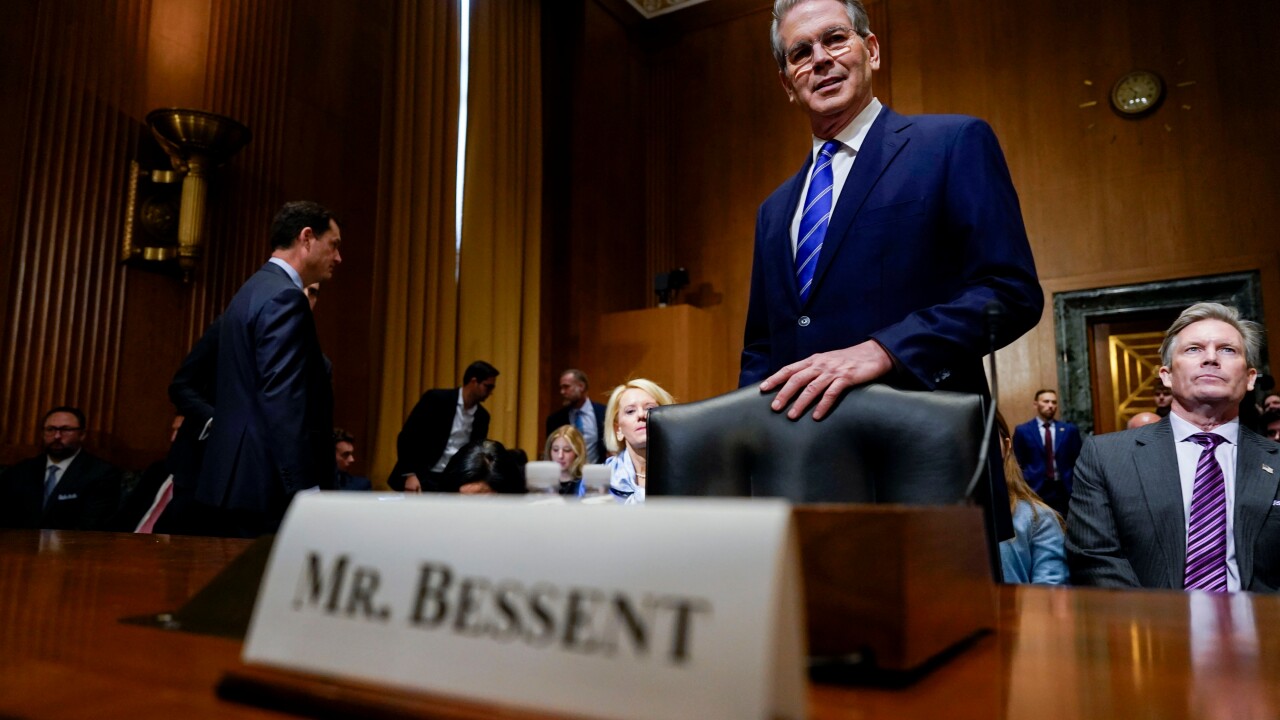Remittances give some banks the compliance heebie-jeebies. So they de-risk.
In the U.S., some banks have put blanket bans on remittances, closing down accounts that they perceive are at risk for money laundering or terrorist financing — including those of money transfer services. However, what began as an effort to demonstrate anti-money-laundering compliance has resulted in widespread negative impact on communities that rely heavily on being able to quickly and securely send money home.
Hundreds of millions of people — especially in
A 2015 Global Center on Cooperative Security and Oxfam
"Overly restrictive AML/CFT measures may negatively affect access to financial services and lead to adverse humanitarian and security implications. Rather than reducing risk in the global financial sector, de-risking actually contributes to increased vulnerability by pushing high-risk clients to smaller financial institutions that may lack adequate AML/CFT capacity, or even out of the financial sector altogether."
Sure, banks have pulled back from remittances, in part because of the associated risk with money services businesses. These historically mom-and-pop shops are typically agents — rather than employees — of large money transfer companies or small, single-corridor outfits with little to no training, oversight or technology to detect suspicious activity. These stores operate offline and typically deal in cash; therefore, transactions are largely untraceable, and as a result, highly susceptible to fraud.
However, not all money transmitter organizations are created equal, and tech is changing the risks. Rather than shut down what is seen as a high-risk business, banks can embrace a risk-based approach to providing banking services to money transfer operators. To do so, state regulators and federal regulators should provide clearer guidance on how banks should differentiate between remittance providers. It would help to know what the regulatory stance is on how they will differentiate risk. It is one thing to say cash is riskier; however, there are numerous other options and not all of them are low risk.
Furthermore, even though technology has matured in many areas, it is unclear to how regulators view the changes or the risks associated with these changes. Greater clarity from regulators will help the industry make the right decisions that benefit both the banks and the consumers they serve.
Specifically, the Internal Revenue Service and the Financial Crimes Enforcement Network should update the
While remittances may pose higher risks than services like bill pay, they are
Brion Nazzaro is group compliance director at WorldRemit.





